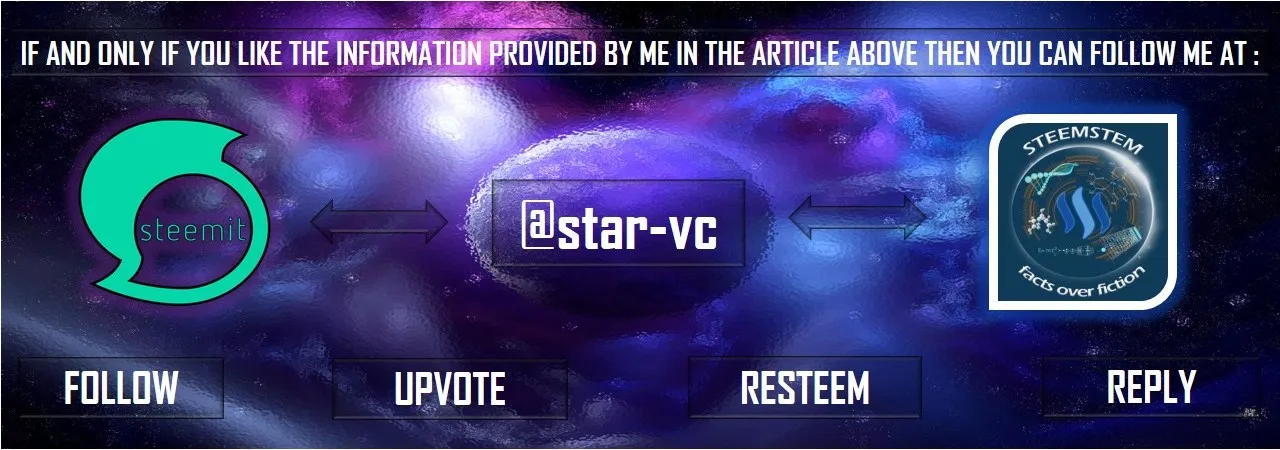Hello wonderful people on #Steemit! A very warm greetings to one and all present here. Hope you all are doing well in your life! In today's article, we're going to be discussing about pole stars and neutron stars and as you probably can tell from the title we're actually going to be discussing about their death and their transformations.
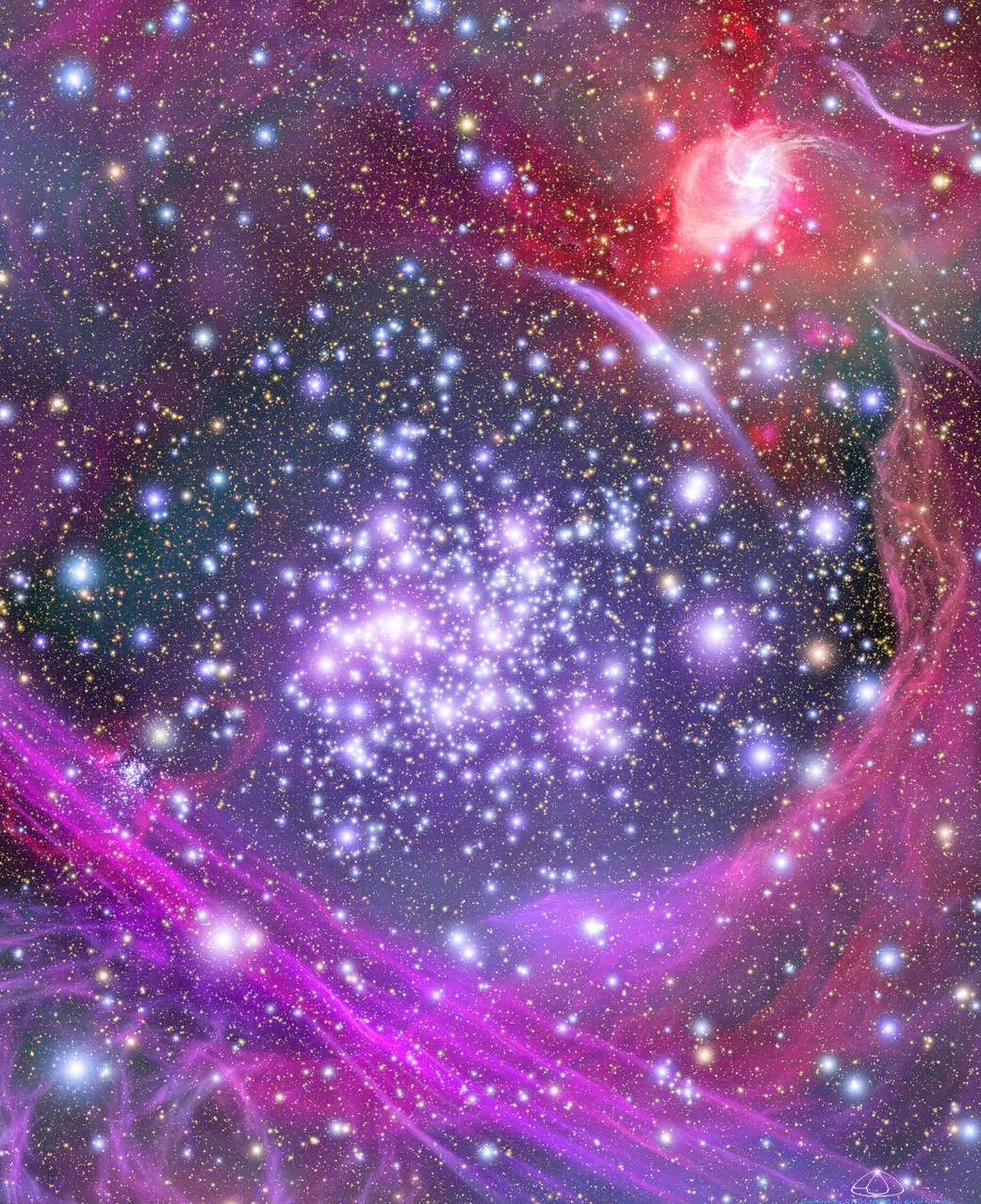
Hope you people will read my article and provide your valuable suggestions and thoughts by commenting below. So, without any further delay let us start the exploration!!
We're going to be discussing about three hypothetical situations when these beautiful objects can actually disappear or turn into something else. So, in case you don't actually know what a pole star or a neutron star is you may check out my previous article here, where I discussed basically their nature and the idea behind them. It's basically a relatively small remainder of a star that used to be relatively massive that then has become a very compact and very dense object. Theoretically, known as a neutron star. But in practicality it's a little bit more complex in that the size of this particular object is about 12 to possibly 18 Kilometres in radius. It's the size of a relatively large city with a mass of 1.8 masses of the Sun. Basically, if you took a lot of mass and condensed it into a very small object.
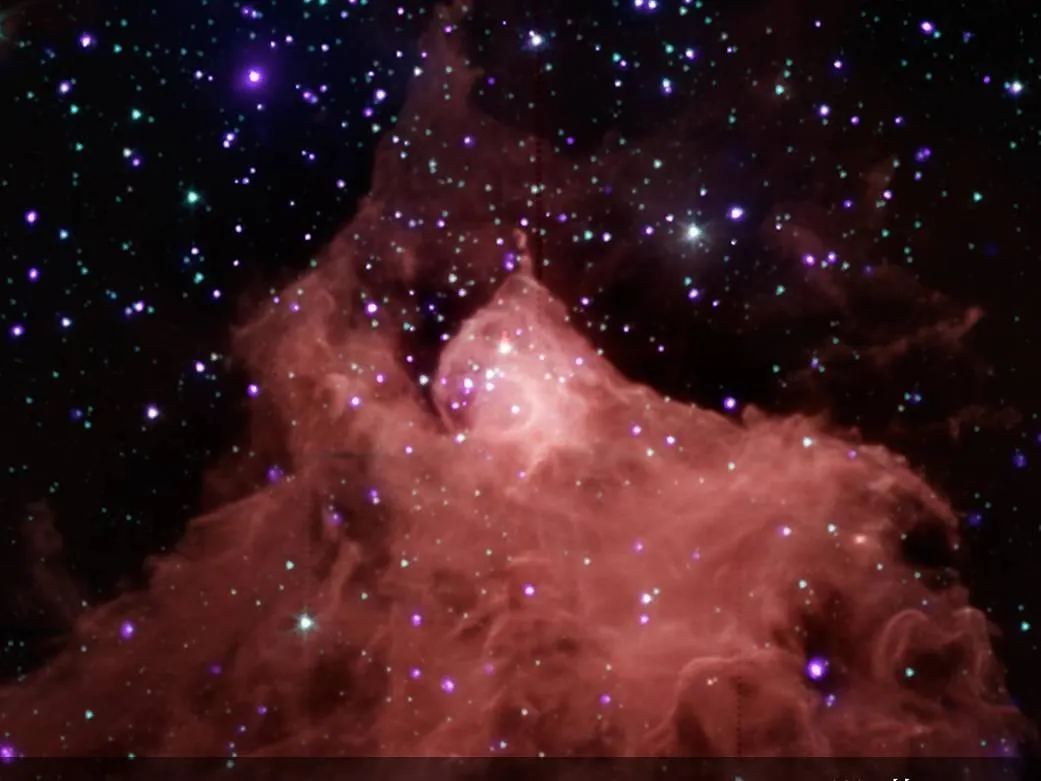
Now, we've talked about white dwarfs and we also talked about their potential demise and how they disappear in my previous article here. But we've never really discussed about the neutron stars. Let's actually take the help of Universe Sandbox and may be just go into a new simulation there and create a neutron star that's not a pulsar or actually just pick one that already exists in real life. We might even go with one of the more famous ones; the crab pulsar or I guess you can call it crab neutron star. So, this object is located very close to Orion Nebula and it's one of the most famous neutron star we currently know. The mass here is 1.4 masses of Sun and the total radius is about 11.5 Kilometres and if you were to look at the structure of this object. There's actually four specific areas with essentially fifth being the atmosphere and for this reason it's more appropriate to refer to a neutron star as actually a neutral planet because they are more planetary than star-like.
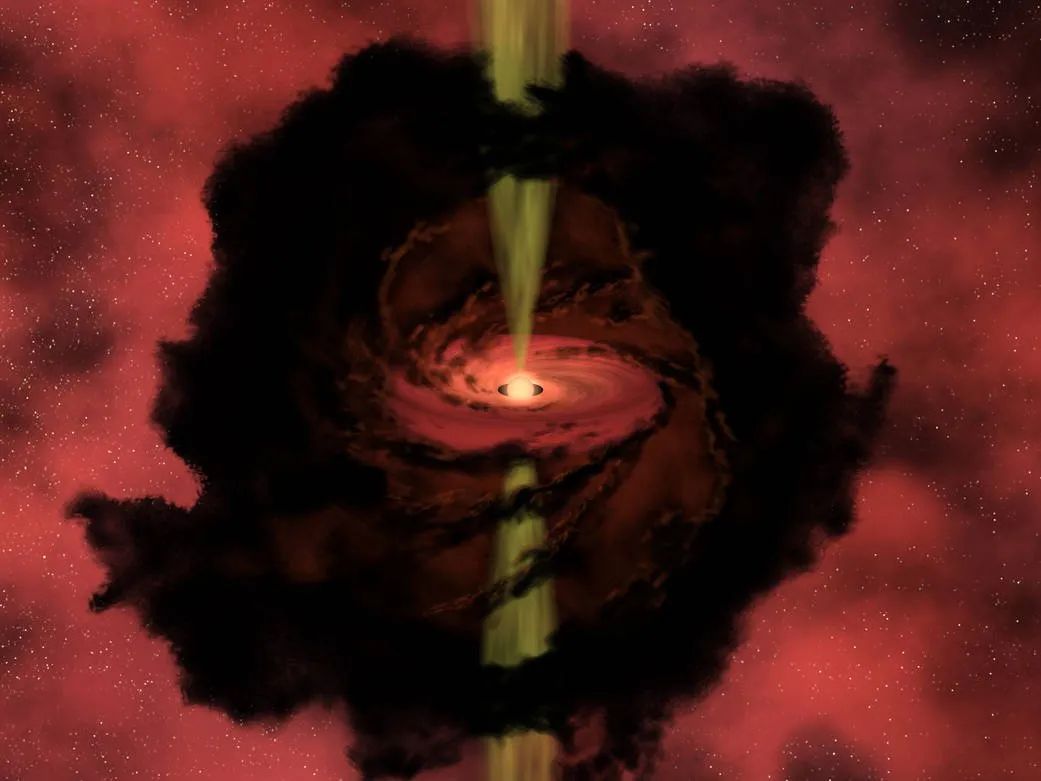
But basically you have the atmosphere on the surface and this atmosphere is extremely hot. It's basically all plasma and it's about 2 to may be 3 centimetres in height. It's like an inch of atmosphere. Then there is something called outer crust and this is essentially a relatively hard surface like structure similar to I guess what we have on Earth. Similar to in a sense at least somewhat a hard shell that you could kind of refer to as a lattice. But this lattice is made out of mostly electrons and a lot of highly dense ions.
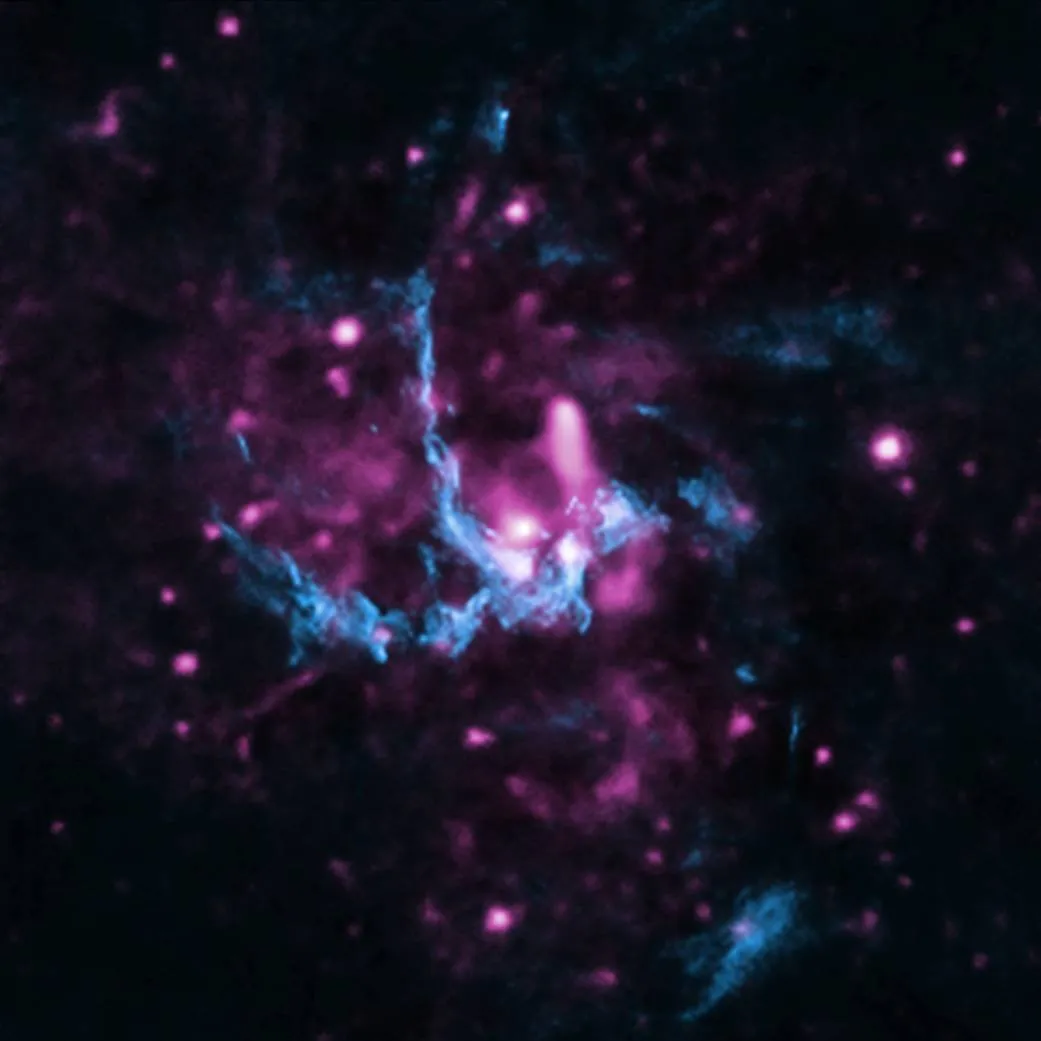
So, basically it's a mixture of different molecules and it's not early neutrons. The neutrons come a little bit further down. They do start with inner crust. But inner crust is actually super fluid. It's a fluid that acts in a very unusual way and this super fluid layer is made up of neutrons, electrons and also some ions as well. Then comes outer core even deeper. This is actually a depth of about 7 Kilometres and is essentially mostly nuclear matter. So, here you have a lot of neutrons and also some protons, some electrons and it is also super fluid and lastly we have the inner core and this is where we don't really know much about it. But it's definitely not neutrons. It's probably subatomic particles like quarks and a lot of other unusual, super dense and extremely hot matter.
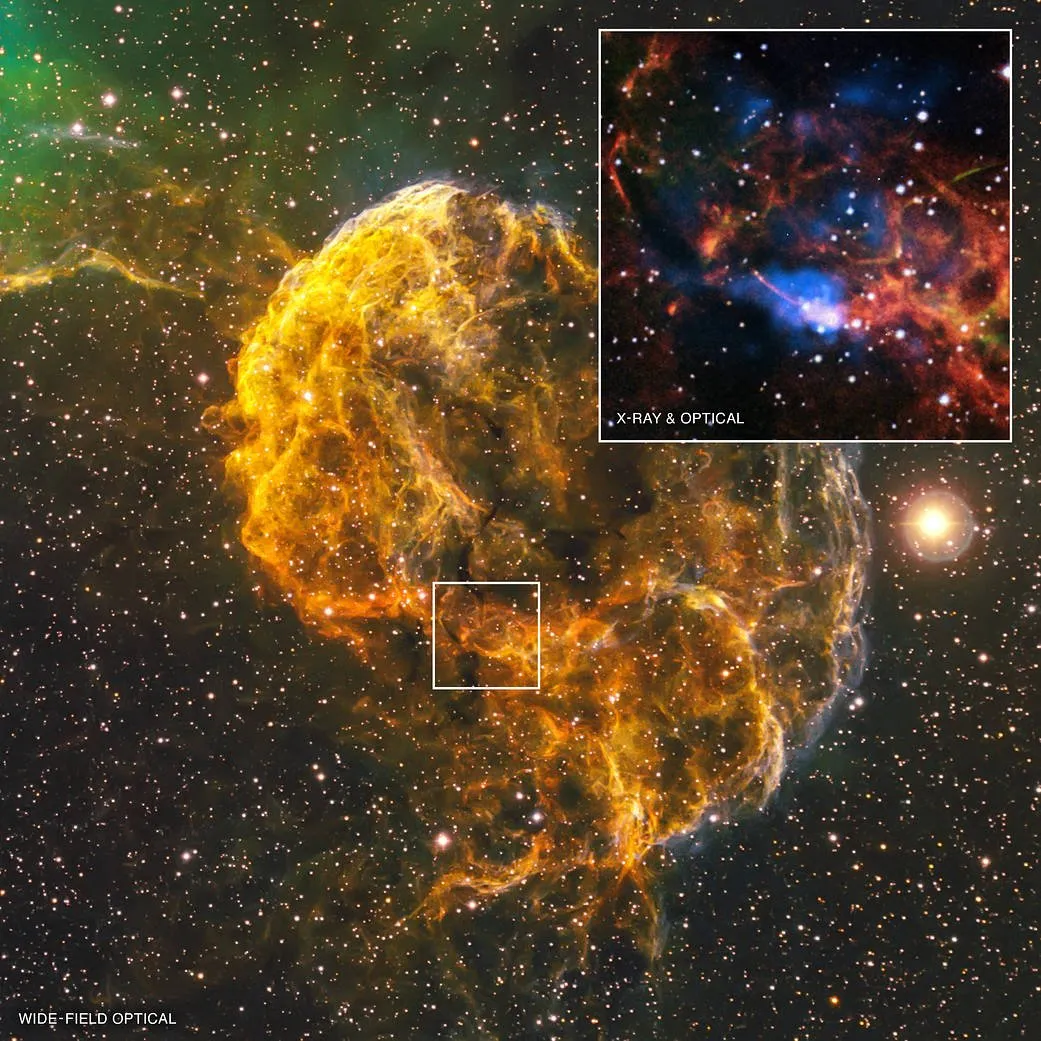
So, how does it actually die? How can this very unusual object disappear? Well! There's at least three ways and one of these ways is actually if it has a partner. This is something we've been able to detect in real life as well with a very recent discovery of our neutron star collision. But if I were to basically place another crab pulsar right next to this one. They would basically disappear. But in Universe Sandbox what you see is essentially a supernova and this is exactly what we saw! We saw a very powerful supernova more commonly referred to as a Kilonova that often occurs if a pulsar has a partner that it collides with. Basically, this is when a lot of more exotic metals and a lot of other matter is actually created. They are created when a neutron star essentially explodes and releases a tremendous amount of materials. Unfortunately, because they are so small and so massive and dense it sort of happens almost right away. So, the collision here is almost immediate. Anyway, that's what you'd expect from two neutron stars colliding with each other. They basically create a supernova and what's left behind is usually a black hole. Now this is something that we've observed and we know this is actually as it does happen.
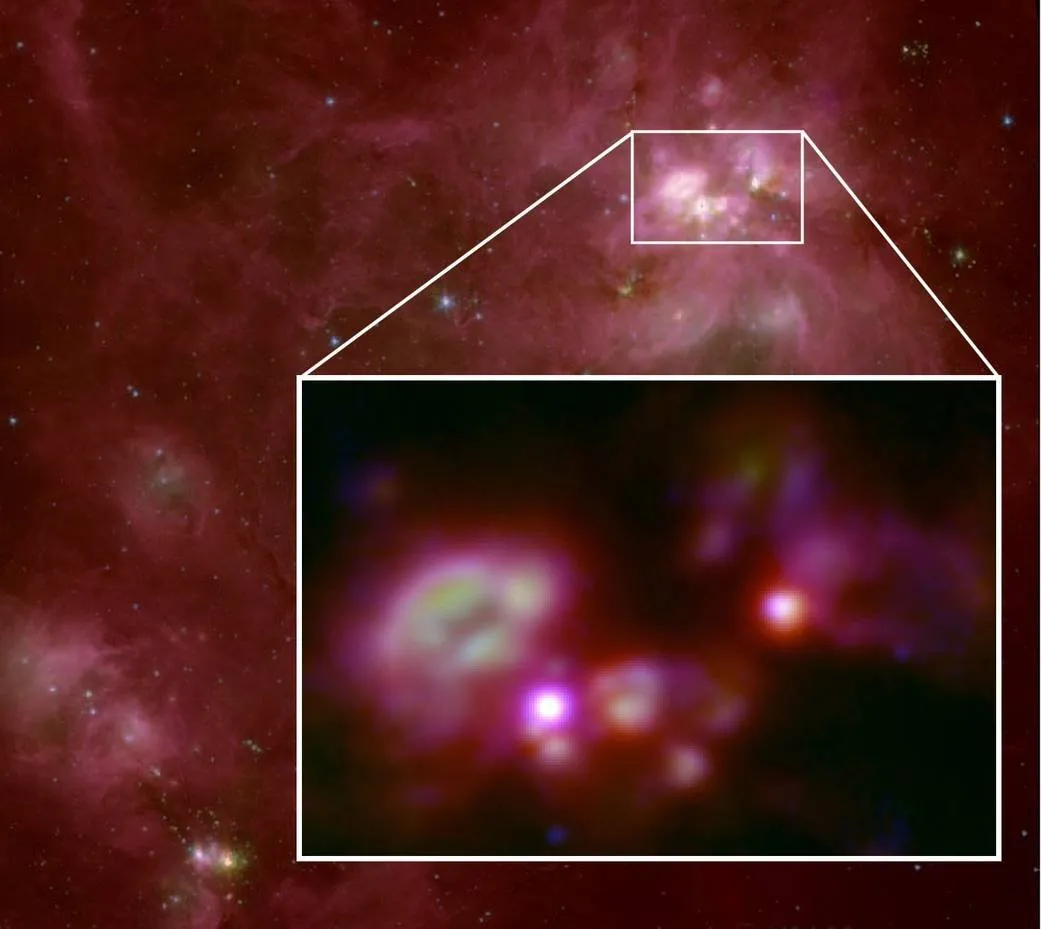
All neutron stars and by definition all pulsars have a limit, i.e. a mass limit. Specifically here we're referring to a limit known as Tolman Oppenheimer Volkoff limit and this actually refers to the maximum amount of mass that they can have before they essentially just collapse and turn into a black hole. Most recently we discovered that this mass is actually approximately 2.17 masses of the Sun. In the Universe Sandbox though it's actually higher. Now because we know that this limit exists. This also suggests that there are ways for neutron stars to actually gain that mass and normally this is through absorption of matter from another companion. Normally, some kind of white dwarf or even just a regular star and if they actually accredited enough matter.
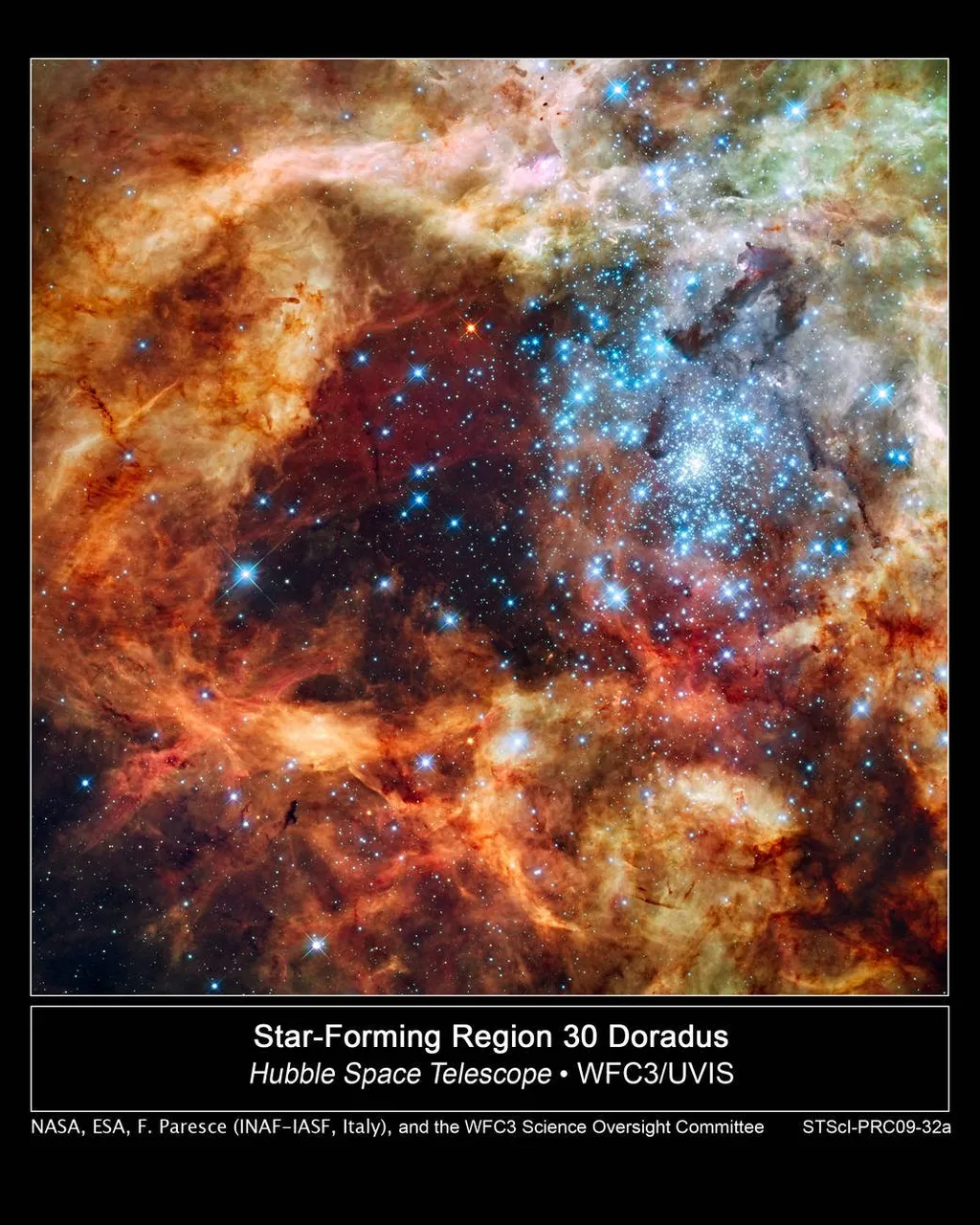
So, we tried to see if we can create this in the Simulation of Universe Sandbox or not! We have taken an object just closer with a distance that can start orbiting the crab pulsar closely and possibly collides with it. But basically what we observed was if it accretes enough matter it will eventually reach the limit and then collapse into a black hole or in the Universe Sandbox it just turns into a weird object. So, by definition once it reaches the limit it essentially collapses and becomes a black hole and this will usually happen if it basically absorbs enough matter from another object that moves around it and it results into a very beautiful black hole. As a matter of fact we were able to create a very beautiful black hole due to the collisions that this object experienced and so here you can actually find these types of pole stars by looking at how fast they pulsate because as they absorb matter; they actually start spinning faster and faster and the more faster a pulsar spins the more likely it is going to actually release even more energy and so it's easier to detect and in this particular case this pulsar would have been actually detectable before it creates this black hole because it would be releasing some of the highest energy particles with basically the fastest possible frequency. So, this is the second way it can essentially turn into a black hole or disappear and that basically means consuming enough matter from the outside and in this case we actually create a black hole that seems to even have some sort of a magnetic field which is pretty interesting.
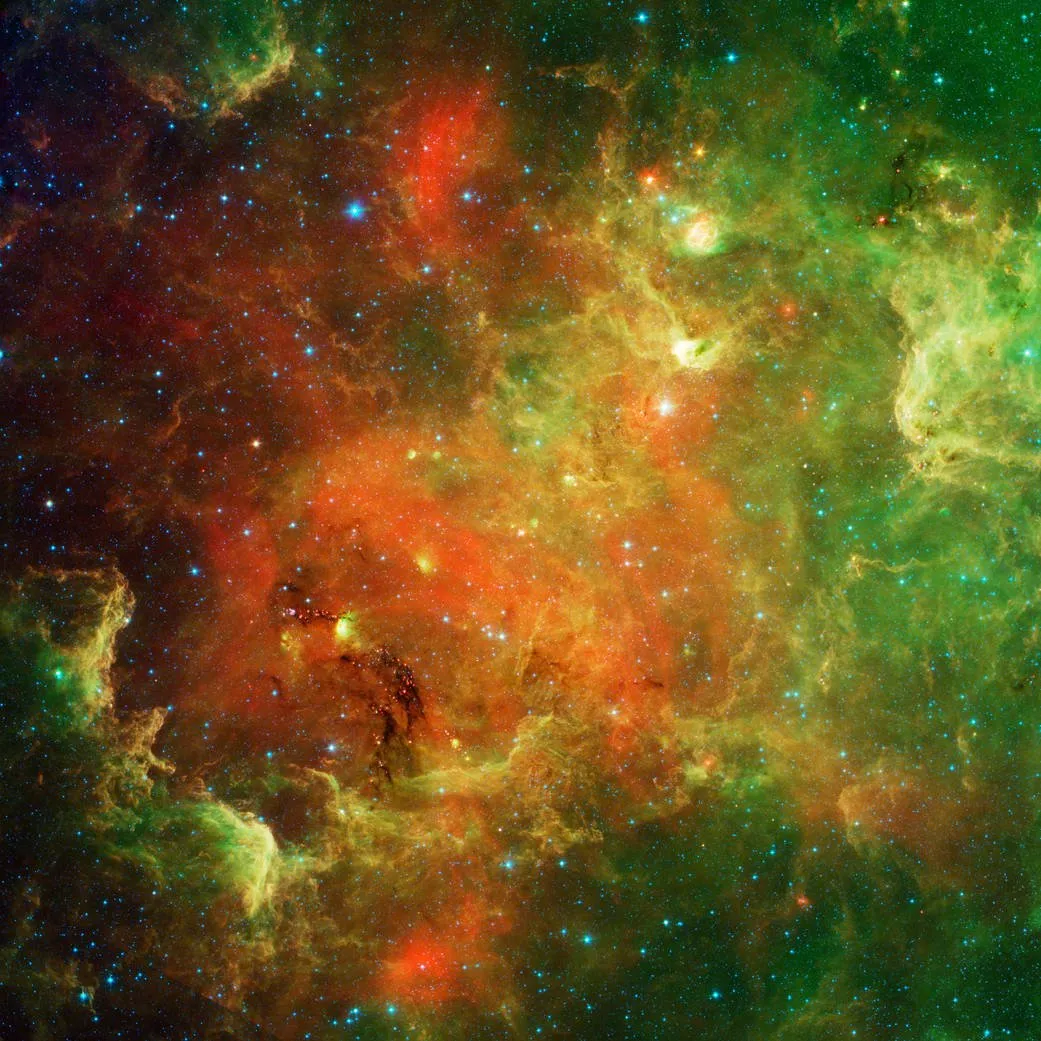
But there is actually another way for a neutron star to get to the same sort of situation where it becomes a black hole is through mass absorption and that's if it was originally born as a neutron star that already past a limit. Now, how is that possible? Well, there are certain situations when a star for example Rigel might go supernova and leave behind a neutron star that's actually over the limit. Now there might be a situation where it basically creates a neutron star that is approximately 2.2 or 2.5 or may be even 3 masses of the Sun which has past the limit. Now when that happens there is a way for it to stay as a neutron star if it spins fast enough. If it's actually spinning really fast some of the external forces due to the spin are creating a centrifugal acceleration and the centrifugal acceleration prevents the neutron star from collapsing. But with time though as it gets older and older due to various events like for example starquakes that are very common on neutron stars. It will actually slow down its rotation and it will stop spinning fast and as it stops spinning the centrifugal force decreases starts squeezing on to the surface more and more and eventually as it basically stops spinning almost completely; it collapses and becomes once again a black hole. So, that's essentially how it can disappear.
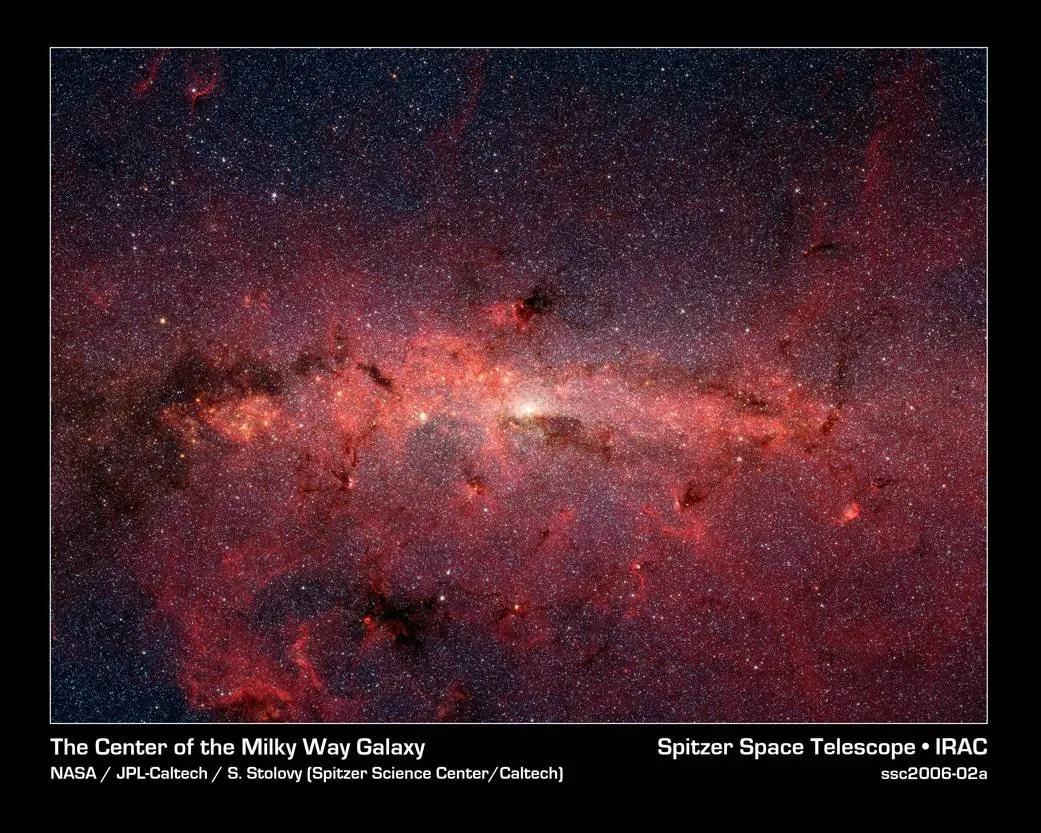
Then there is actually one last third way for it to basically become something else and we don't actually know much about this just yet because it's still very theoretical. But hypothetically a neutron star especially when it's really old and what it's already stopped spinning and when it's basically approaches the age of may be the end of the universe. I guess basically billions and trillions of years in the future, it's going to cool down and as it cools down it's also going to start experiencing a lot of really unusual quantum effects where even though it has a really high gravitational field some of the neutrons might actually get enough energy to be kicked higher into the upper atmosphere and at this point they might actually decay back into protons and also electrons and what they'll create is an electron and an antineutrino.

Now, basically they'll evaporate very similar to how black holes evaporate based on the principle of Hawking radiation. A neutron star might also evaporate based on I guess the neutrino radiation and it essentially starts very slowly decreasing in mass and at some point when it reaches once again a limit where it can't really hold itself together anymore and when it does that it will most likely undergo a supernova and just explode essentially. It's not going to collapse into a black hole and it's really not going to become a white dwarf. But it will most likely to just explode. Now, this we haven't really seen in in real life yet and probably won't because it's going to only happen trillions of years in the future. But it's a theoretical concept that might occur! So, these are the three main ways for neutron stars to essentially die. So, either acquiring enough mass and becoming a black hole or loosing mass and exploding or colliding with another object and exploding.
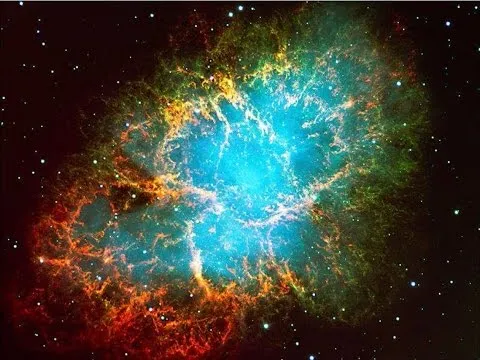
All we know, we don't really know much about neutron stars just yet. But there is a lot of speculations about them and a lot of really interesting books as well including one that I mentioned previously that talks about potential life (a neutron star life) that becomes so super intelligent that basically saves humanity or tries to save humanity and if you do want to check out this book, I believe it's called Dragon's Egg! It's actual relatively old book that you can find in most book stores. Anyway, that's all I wanted to discuss about in this article and hopefully you'll learn something from this article as well.
Thank you so much for reading this article guys and if you've enjoyed reading the information in this article, don't forget to Upvote and Resteem for those who enjoys reading space articles and wants to learn more through the information provided here!!
